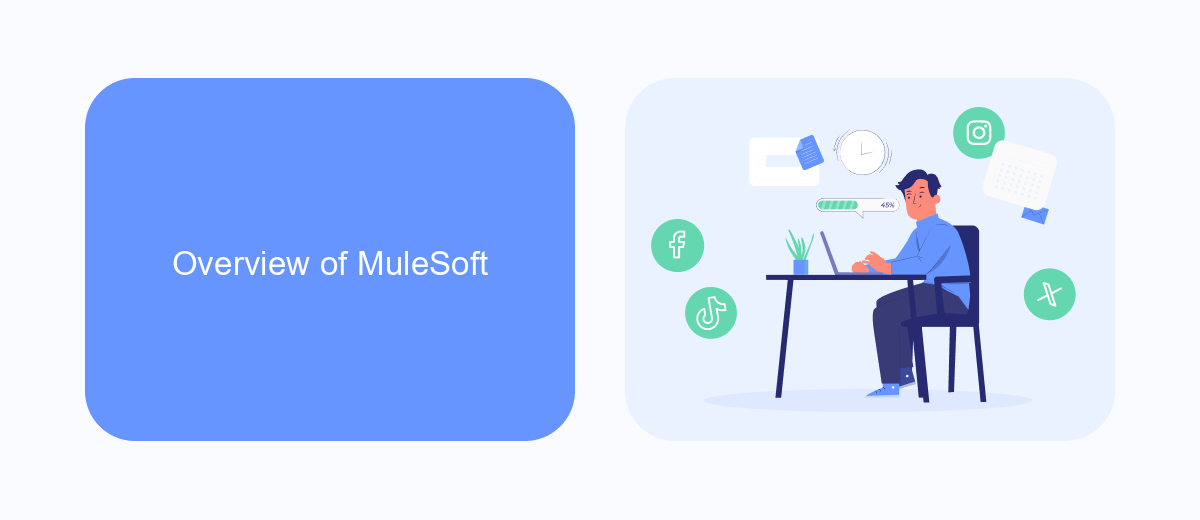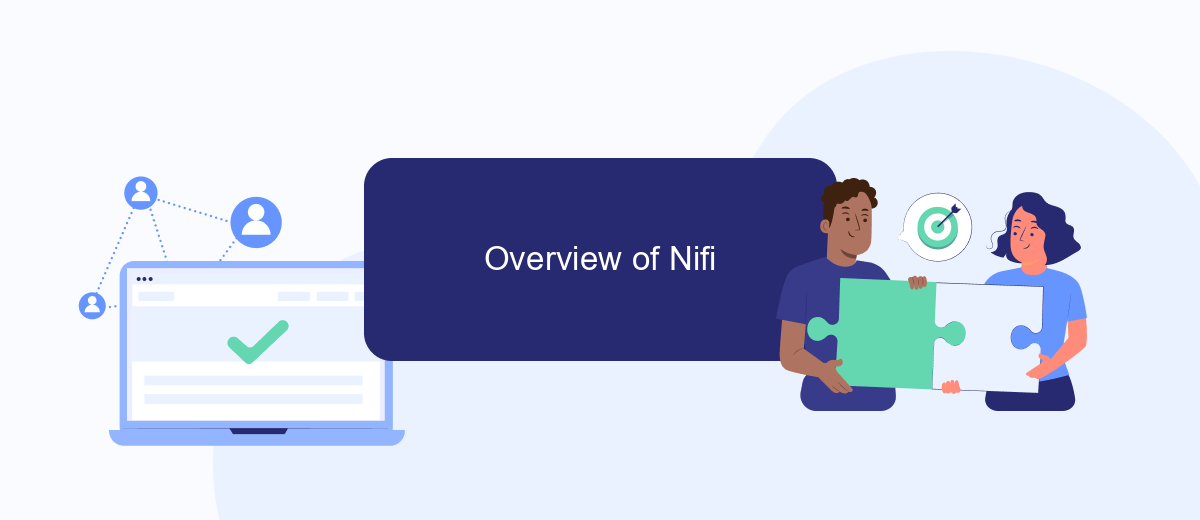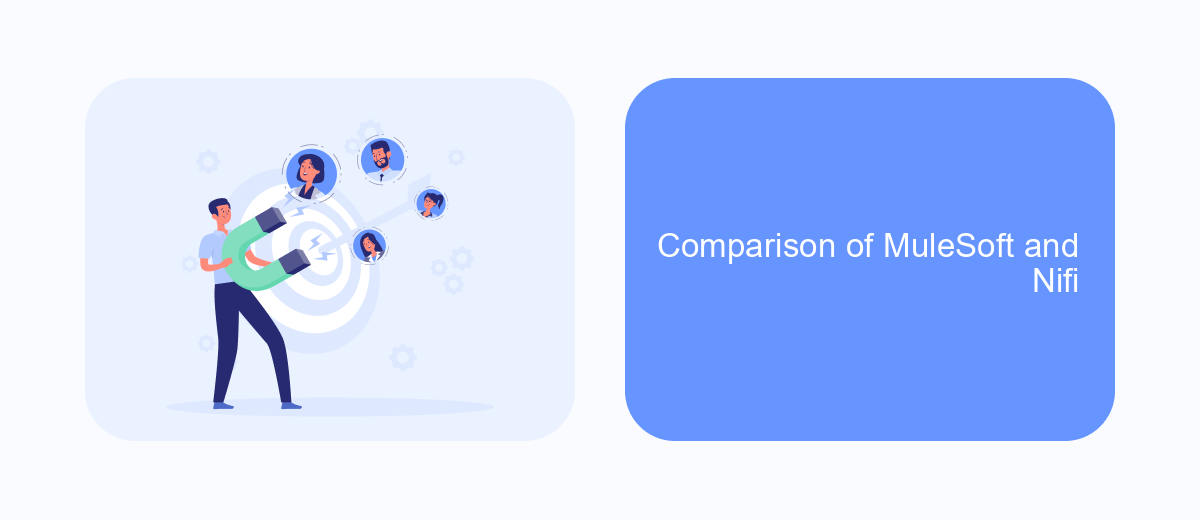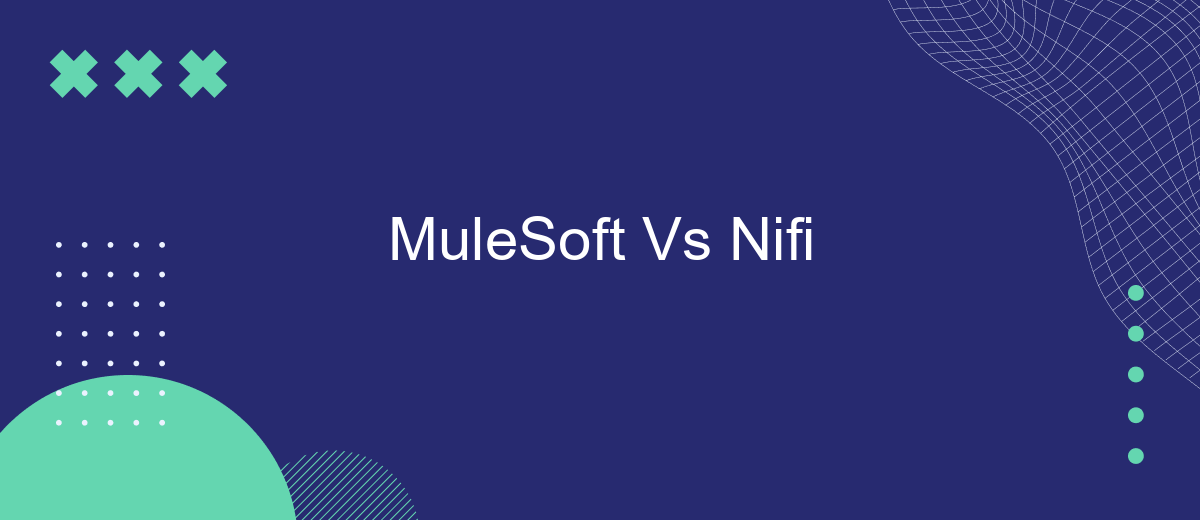When it comes to data integration and management, MuleSoft and Apache NiFi are two prominent tools that often come into consideration. Both platforms offer robust solutions for connecting disparate systems and handling data flows, but they cater to different needs and use cases. This article delves into a comparative analysis of MuleSoft and NiFi to help you determine which tool best suits your requirements.
Introduction
In the realm of data integration and automation, choosing the right platform can significantly impact your business operations. MuleSoft and NiFi are two prominent tools that offer robust solutions for integrating and managing data flows. Each platform has its unique strengths and features, making it crucial to understand their differences to make an informed decision.
- MuleSoft: Known for its extensive API management capabilities and enterprise-level integrations.
- NiFi: Excels in data flow automation and real-time data ingestion with a user-friendly interface.
- SaveMyLeads: A versatile service that simplifies the process of connecting various applications and automating workflows.
This article will delve into a detailed comparison of MuleSoft and NiFi, examining their features, use cases, and performance metrics. By the end of this comparison, you will have a clearer understanding of which platform best suits your integration needs, whether it's for complex enterprise environments or straightforward data flow automation.
Overview of MuleSoft

MuleSoft is a leading integration platform that enables businesses to connect applications, data, and devices seamlessly. It provides a unified solution for API management, integration, and automation, making it easier for organizations to streamline their operations and improve efficiency. MuleSoft’s Anypoint Platform offers a comprehensive suite of tools for designing, building, and managing APIs and integrations, ensuring robust and scalable connectivity across various systems.
One of the key features of MuleSoft is its ability to facilitate real-time data integration and transformation, allowing businesses to respond quickly to changing market demands. With the integration capabilities of MuleSoft, companies can automate processes and enhance their digital ecosystems. Additionally, services like SaveMyLeads can complement MuleSoft by providing pre-built integrations that simplify the connection between different applications and services, further reducing the time and effort required to set up and maintain integrations.
Overview of Nifi

Apache NiFi is an open-source data integration tool designed to automate the flow of data between systems. It provides a user-friendly interface for designing data pipelines and offers a wide range of processors for data ingestion, transformation, and routing. NiFi's key strengths lie in its flexibility, scalability, and ease of use, making it a popular choice for organizations looking to streamline their data workflows.
- Data Ingestion: NiFi supports a variety of data sources, including databases, file systems, and cloud services.
- Data Transformation: Users can easily manipulate and enrich data using NiFi's extensive library of processors.
- Data Routing: NiFi allows for the dynamic routing of data based on content and metadata, ensuring efficient data flow management.
For businesses seeking to simplify their integration processes, tools like SaveMyLeads can be invaluable. SaveMyLeads automates the transfer of leads from various sources to CRM systems, enhancing lead management and ensuring timely follow-ups. By leveraging NiFi and complementary services like SaveMyLeads, organizations can achieve seamless data integration and improved operational efficiency.
Comparison of MuleSoft and Nifi

MuleSoft and Nifi are two powerful tools used for data integration and workflow automation, but they cater to slightly different needs and use cases. MuleSoft, known for its Anypoint Platform, excels in API management and offers a robust ecosystem for enterprise-level integration. Nifi, on the other hand, is an open-source project by Apache that focuses on data flow automation and real-time data streaming.
While MuleSoft provides a comprehensive suite of tools for designing, deploying, and managing APIs, Nifi is designed to handle large volumes of data with its user-friendly interface for building data pipelines. Both platforms offer unique features that make them suitable for different scenarios.
- API Management: MuleSoft offers extensive API management capabilities, whereas Nifi does not.
- Data Flow Automation: Nifi excels in real-time data flow automation, while MuleSoft focuses more on API and service orchestration.
- Ease of Use: Nifi’s drag-and-drop interface is intuitive for data flow design, whereas MuleSoft requires more technical expertise.
- Integration: MuleSoft integrates seamlessly with enterprise systems, while Nifi is more flexible with various data sources.
When it comes to setting up integrations efficiently, services like SaveMyLeads can further simplify the process by offering pre-built connectors and automation tools. This can be particularly beneficial for businesses looking to streamline their data workflows without extensive coding.
Conclusion
In conclusion, both MuleSoft and NiFi offer robust solutions for data integration and management, each with its unique strengths. MuleSoft excels in providing a comprehensive integration platform that supports a wide range of connectors and advanced data transformation capabilities. Its strong API management features make it an ideal choice for enterprises looking to streamline their digital ecosystems and enhance connectivity across various applications and services.
On the other hand, NiFi stands out with its user-friendly interface and real-time data processing capabilities. It is particularly well-suited for handling large volumes of data with low latency, making it a preferred choice for organizations focused on big data analytics. Additionally, services like SaveMyLeads can complement these platforms by offering pre-built integrations that simplify the process of connecting various applications, thereby enhancing overall efficiency and reducing the time-to-market for new integrations.


FAQ
What are the primary differences between MuleSoft and NiFi?
Which platform is better suited for real-time data processing?
Can both MuleSoft and NiFi be used for API management?
How do MuleSoft and NiFi handle scalability?
What are the common use cases for MuleSoft and NiFi?
If you use Facebook Lead Ads, then you should know what it means to regularly download CSV files and transfer data to various support services. How many times a day do you check for new leads in your ad account? How often do you transfer data to a CRM system, task manager, email service or Google Sheets? Try using the SaveMyLeads online connector. This is a no-code tool with which anyone can set up integrations for Facebook. Spend just a few minutes and you will receive real-time notifications in the messenger about new leads. Another 5-10 minutes of work in SML, and the data from the FB advertising account will be automatically transferred to the CRM system or Email service. The SaveMyLeads system will do the routine work for you, and you will surely like it.
